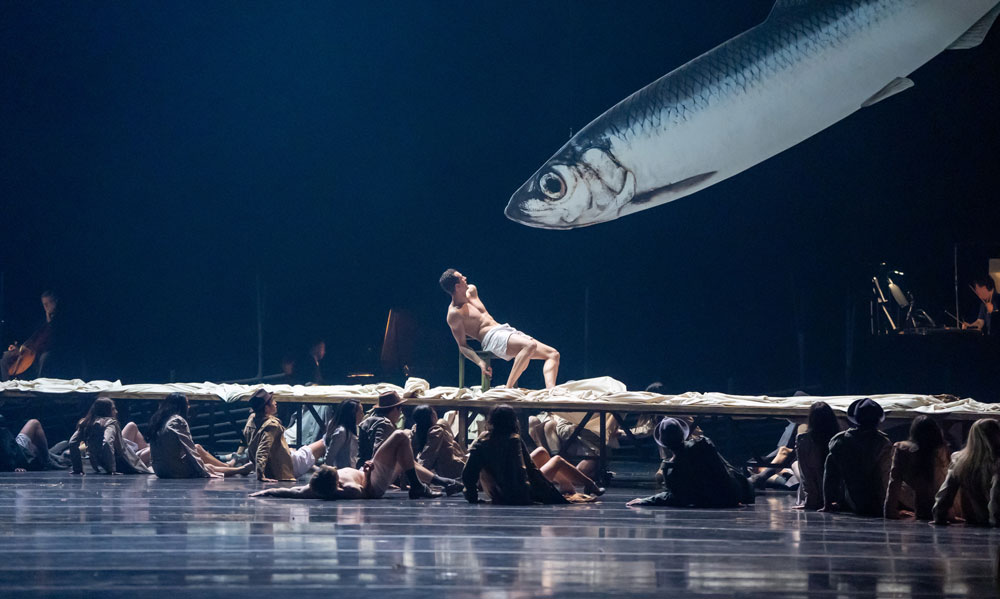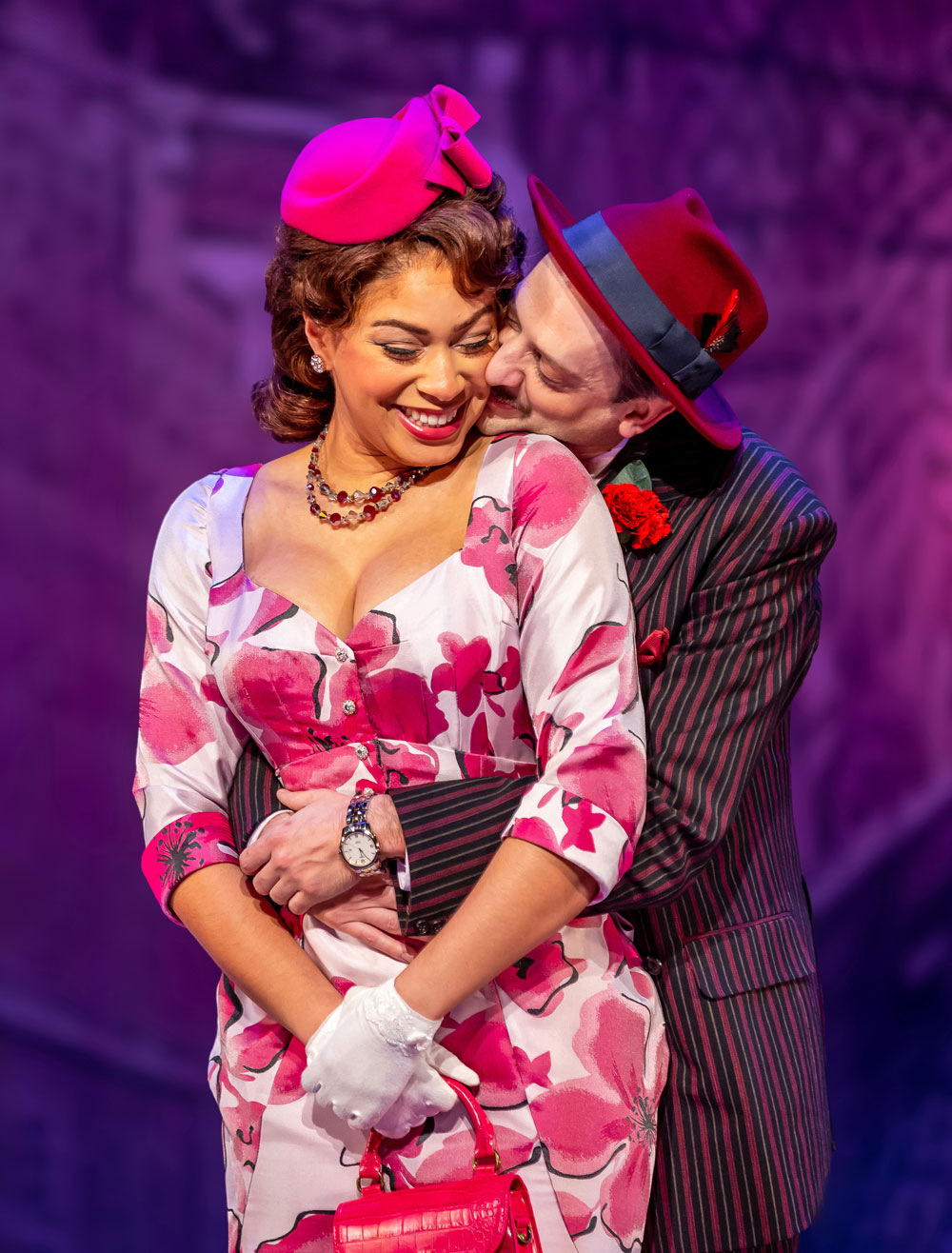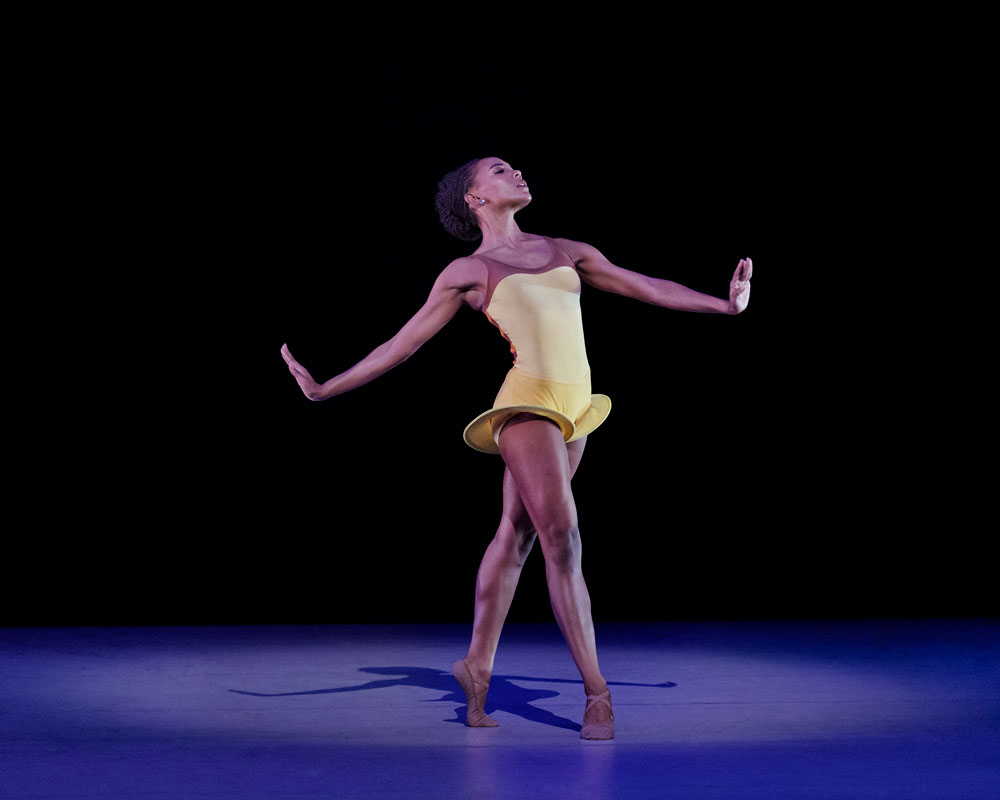A woman who launched a million whys, Vivian Maier is the kind of person we all wish we could be but would dread becoming. Like a great painter whose genius isn’t recognized until after they’ve gone, her talent wasn’t discovered until after she had died obscurely and in poverty at the age of 83, without family or friends.
Maier’s art was photography. It’s both her subjects and the way she captured them that make her great. Everything about her was unusual and hinted at the exceptional. A woman who lived a dual existence, one that allowed her to survive and another that satisfied her soul, she spent more than 50 years keeping her precocious eye a secret.
How Maier became the woman she was is almost as interesting as her body of work. Never truly rooted, home was a place that was constantly shifting. Born in NYC in 1926, raised mostly in France before coming back to the States, Maier’s formative years were those of a gypsy. When she came of age, she returned first to New York before heading to Chicago.
She also brought a new-found passion with her. Like so much about Maier’s life, how she discovered photography is not concretely known. Researchers have surmised she may have been influenced or even taught by Jeanne Bertrand. Maier and her mother stayed with Bertrand in the 30’s. Working in a needle manufacturing sweat shop by day, Bertrand’s real existence was that of a photographer who was considered one of the most “eminent” in Connecticut. The fact that Bertrand was a portrait photographer and that the first photographs Maier created carried hallmarks of the kind of subjects Bertrand produced, strongly hint of her involvement in Maier’s choice to pursue photography as a craft.
It was in the early 1950’s when Maier stepped into adulthood. Young independent women didn’t have the options they do today when most of the people obtaining bachelor, master and doctorate degrees are female. Service occupations made up the largest pool of vocations open to them in mid-century America and Maier was no exception. She entered the workforce as a nanny and would remain one until she was no longer able to endure employment.
Highly intelligent, extremely liberal, unabashedly opinionated and intensely private, she made an ideal governess. Unmarried and childless, she would be interesting to children and require the least amount of personal consideration from their parents. As a live-in employee, her day-to-day life was draped in privilege and comfort. Images of those things rarely showed up in Maier’s photographs and when they did, they seemed to mock rather than flatter.
Looking at Maier’s photographs today is like peering down a time tunnel. This is especially true of her black and white images taken when the divisions in race and class were even more jarringly stark. She seemed to have no limits on who she photographed. Sometimes the people she captured were posed, clearly waiting for the shutter to click and lock them into posterity. Often, they had no idea they were being chronicled on film. Shots would be from the rear or from a distance, capturing a humanity that looked vulnerable, struggling, defiant, questioning and anything but assured. Many of her subjects were people on the margins. Depicting Black and white Americans with the equal sensitivity, race was never an obstacle for Maier. You notice everything in Maier’s photographs; the eyes, the mood, the clothes, the surroundings. The seminal link between time, place and person.
Some say Maier photographed people with whom she identified, fest a kinship. You could just as easily believe she took pictures that no one else would. And she showed them to no one. Meticulously developing them herself or through a studio, she was her own audience. Take the picture, process it and store it away. Eventually after five decades she would amass well over 100,000 moments in time that reflected who we were from the 50’s to our current millennium.
Sixty of Maier’s color images are currently on display at the Chicago History Museum through May, 2023; promising a quiet stroll through visual eloquence.
Vivian Maier: In Color
Chicago History Museum
1601 N. Clark St./ in Lincoln Park
Chicago, IL 60660
Closed on Mondays
www.chicagohistory.org


